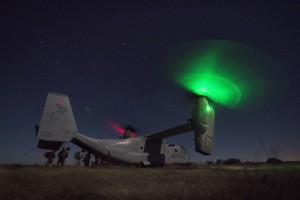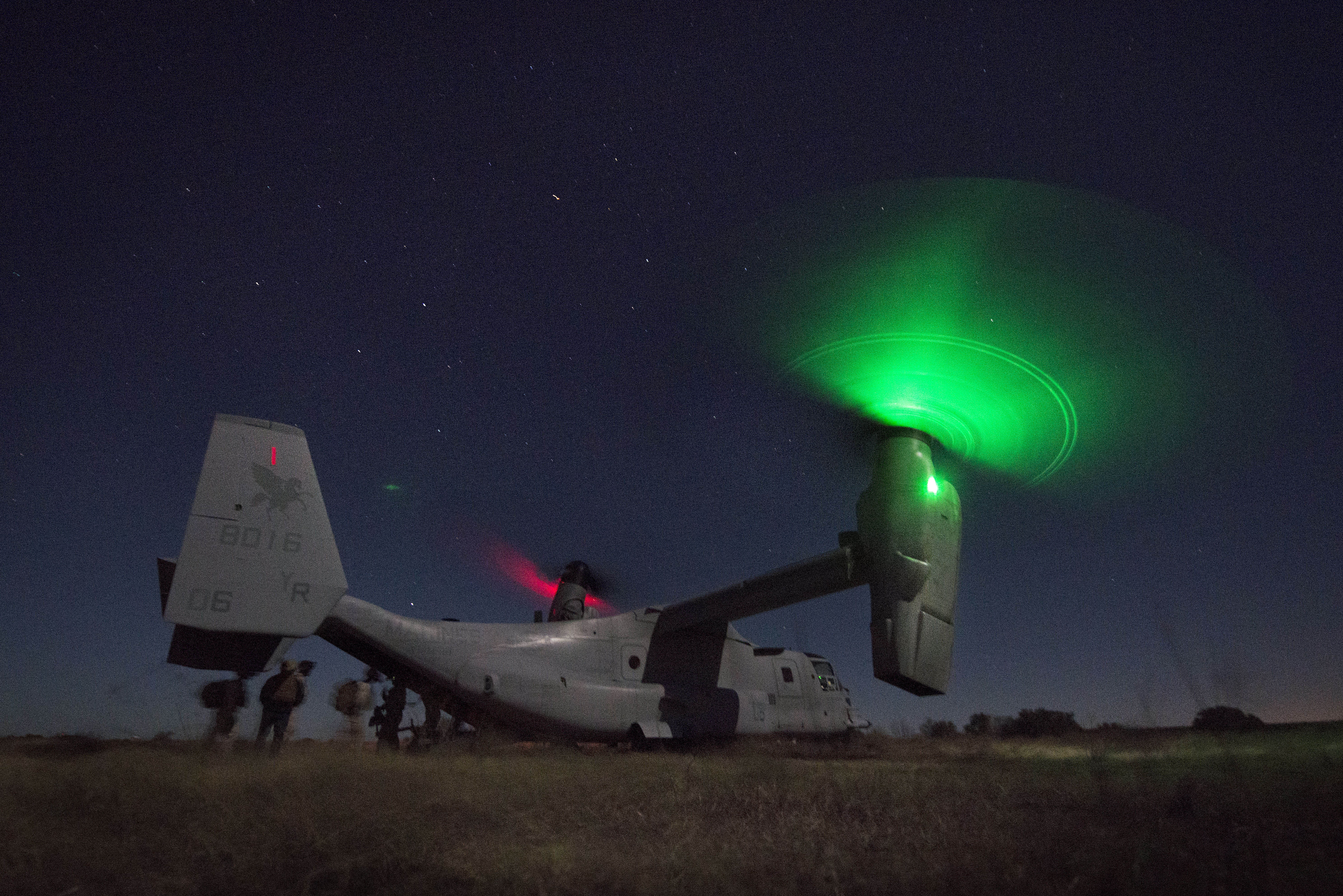2014-01-08 PALMFEX 1-14 is the culminating exercise for Infantry Officer Course 1-14.
In addition to the normal training evolution, this will also provide a “Proof-of-Concept” long-range operation from 29 Palms California to Fort Hood Texas.
This is a total distance of approximately 1,100 miles and will solidify the Marine Corps as the only DOD asset to have validated the ability to provide this capability.
From 27 November 2013 to 19 December 2013, IOC (-)(+) deploys to the MCAGCC in 29 Palms, CA to conduct mechanized and dismounted, combined arms, live-fire training, full-spectrum, blank and live-fire urban training, and a “proof-of-concept” long-range operation IOT prepare infantry and ground intelligence officers for duty in the Operating Forces.
PALMFEX is a newly validated capability as it applies to Crisis Response, HA/DR, Anti-Piracy missions and other DOD strategic requirements.
Defense Media Activity: USMC
1/2/14
FORT HOOD, Texas – Students from the Infantry Officer Course (IOC) at Marine Corps Base Quantico, Va., completed a “Proof-of-Concept” 1,100 mile, long-range operation from Twentynine Palms, Calif., to Fort Hood, Texas, via MV-22 Ospreys, on Dec. 15, 2013.
The Marines fast-roped into a mock city to secure the embassy and rescue key U.S. personnel. The Marine Corps is the only military branch with the proven capability to missions of this magnitude, whether for humanitarian, rescue, combat operations or other special-forces type missions.
“What’s different about this mission and where the Marine Corps stands today is, primarily, in the past we would receive the mission and six hours later the first aircraft lifts or the first action is taken to go ashore.” Maj. Scott Cuomo, Director of IOC, said. “Now, the moment the warning order is dropped or any type of indication that there is a significant threat, we can lift these aircraft and be two hours closer to our objective area.”

The Marines fast-roped into a mock city to secure the embassy and rescue key U.S. personnel. Credit: USMC, 1/2/14
Cuomo said many new technologies contribute to the Marine Corps expedient deployment capability including a tablet that receives images and video from nearby aircraft to update Marines in the air, and the long-range capability of the MV-22 Osprey.
“The [MV-22 Osprey] allows us to go over 1,000 miles and we can go even further than that,” Cuomo said.
The Marine Corps has recently used the Ospreys capabilities in humanitarian and disaster relief missions as well to assist the Philippine people after the devastation of Typhoon Haiyan.
It’s these rapid-response type missions that Cuomo claims are the Marine Corps primary role as a force in readiness. Since being exposed to their first mission of this sort, the students under his charge are confident in the Marine Corps ability to take on these operations.
“If this class is any indication of what Marines can do with Ospreys then there’s no reason that the Marine Corps at large couldn’t train to this standard and execute these missions,” 2nd Lt. Ben Hooker, IOC student, said.
“The Marine Air Ground Task Force is part of the naval service and is ready to be America’s crisis response force,” Cuomo added.
Cuomo said that America will see the fruits of the Marine Corps labor in advancing the technologies, reach and capabilities required to complete missions like the 1,100 mile raid in Texas and the relief in the Philippines.
“What we have now and what we’ll have going forward is a force that’s more lethal, that can go further, that can get there faster and that can be more precise than it’s ever been before to provide whatever the American people need us to provide.”
Story by Sgt. Tyler Main
12/15/13


